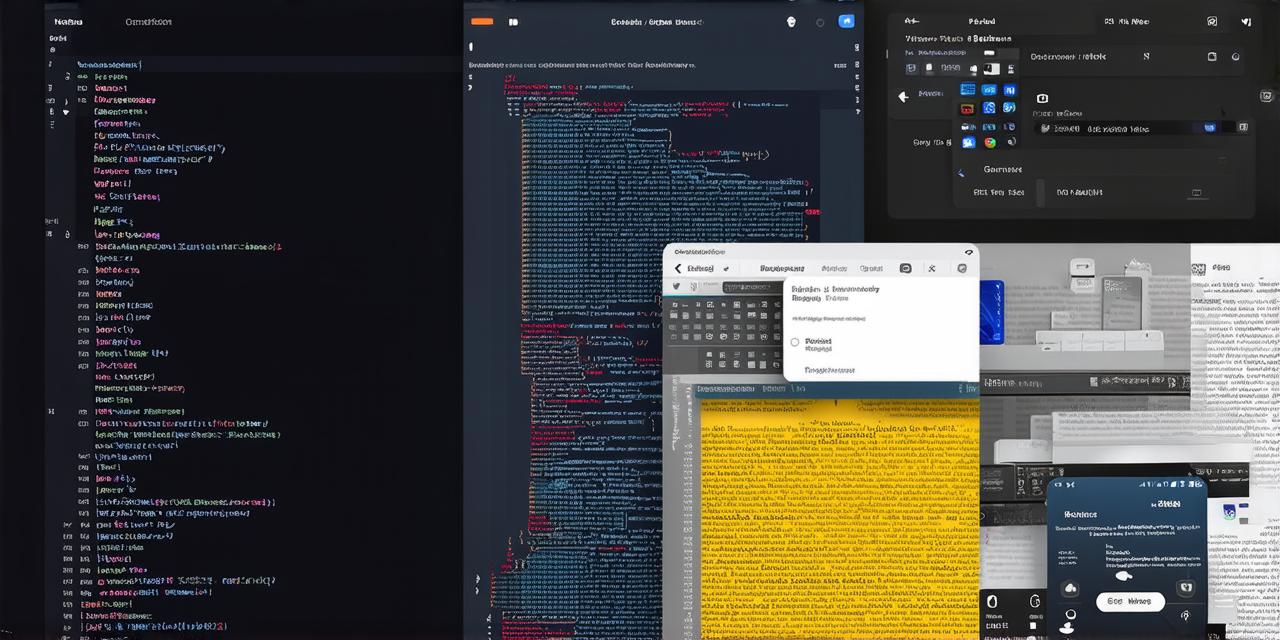Introduction
The world of mobile app development is rapidly evolving, and iOS developers are in high demand. If you’re interested in becoming an iOS developer, this guide will help you navigate the process from start to finish. From understanding the basics of programming to building your first app, we’ll cover everything you need to know to get started on your journey to becoming an iOS app developer.
Chapter 1: The Basics of iOS App Development
Before diving into the technical aspects of iOS app development, it’s important to understand the basics. This section will cover everything from the history of iOS to its key features and design principles. We’ll also explore the different types of apps that can be developed for iOS and the tools and technologies you’ll need to get started.
Chapter 2: Learning to Code

If you’re new to programming, the first step in becoming an iOS app developer is to learn how to code. This chapter will cover the most popular programming languages used for iOS development, including Swift and Objective-C. We’ll also explore the various resources available for learning to code, from online courses to boot camps and books.
Chapter 3: Building Your First App
Once you have a basic understanding of programming, it’s time to start building your first app. This chapter will guide you through the process of designing and developing your first iOS app, from creating a project in Xcode to implementing user interfaces and adding features. We’ll also cover the different types of apps you can develop for iOS, including games, social media apps, and productivity tools.
Chapter 4: Debugging and Testing
As with any software development project, debugging and testing are critical components of the development process. This chapter will explore the various tools and techniques available for debugging and testing iOS apps, including using simulators and physical devices to test your app in real-world scenarios. We’ll also cover best practices for debugging and testing to ensure that your app is stable and free from bugs.
Chapter 5: Deploying Your App
Once your app is ready to be released, the next step is to deploy it to the App Store. This chapter will explore the process of submitting your app to the App Store, including the various requirements and guidelines that you’ll need to follow. We’ll also cover best practices for marketing your app and promoting it to potential users.
Chapter 6: Maintaining Your App
After your app is released, maintaining it is an ongoing process. This chapter will explore the various tools and techniques available for maintaining iOS apps, including updating code and fixing bugs, as well as adding new features and improving user experience. We’ll also cover best practices for keeping your app up-to-date with the latest changes in iOS technology.
Chapter 7: Career Opportunities in iOS App Development
As an iOS app developer, there are many career opportunities available to you. This chapter will explore the different types of jobs available in the field, including software engineering positions and roles in mobile app development firms. We’ll also cover the different industries that are hiring iOS app developers, from finance and healthcare to entertainment and gaming.
Chapter 8: Future of iOS App Development
As technology continues to evolve
